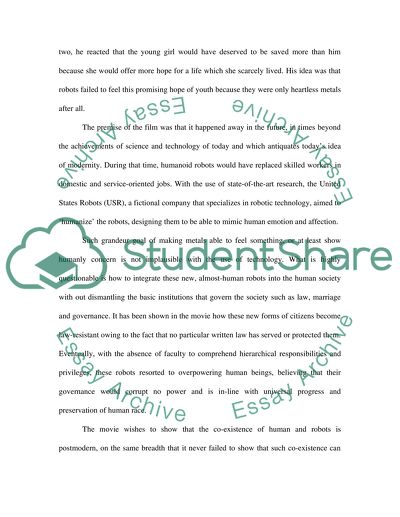Cite this document
(“Cutural Studies: Postmodernism Movie Review Example | Topics and Well Written Essays - 1500 words”, n.d.)
Cutural Studies: Postmodernism Movie Review Example | Topics and Well Written Essays - 1500 words. Retrieved from https://studentshare.org/miscellaneous/1531860-cutural-studies-postmodernism
Cutural Studies: Postmodernism Movie Review Example | Topics and Well Written Essays - 1500 words. Retrieved from https://studentshare.org/miscellaneous/1531860-cutural-studies-postmodernism
(Cutural Studies: Postmodernism Movie Review Example | Topics and Well Written Essays - 1500 Words)
Cutural Studies: Postmodernism Movie Review Example | Topics and Well Written Essays - 1500 Words. https://studentshare.org/miscellaneous/1531860-cutural-studies-postmodernism.
Cutural Studies: Postmodernism Movie Review Example | Topics and Well Written Essays - 1500 Words. https://studentshare.org/miscellaneous/1531860-cutural-studies-postmodernism.
“Cutural Studies: Postmodernism Movie Review Example | Topics and Well Written Essays - 1500 Words”, n.d. https://studentshare.org/miscellaneous/1531860-cutural-studies-postmodernism.


